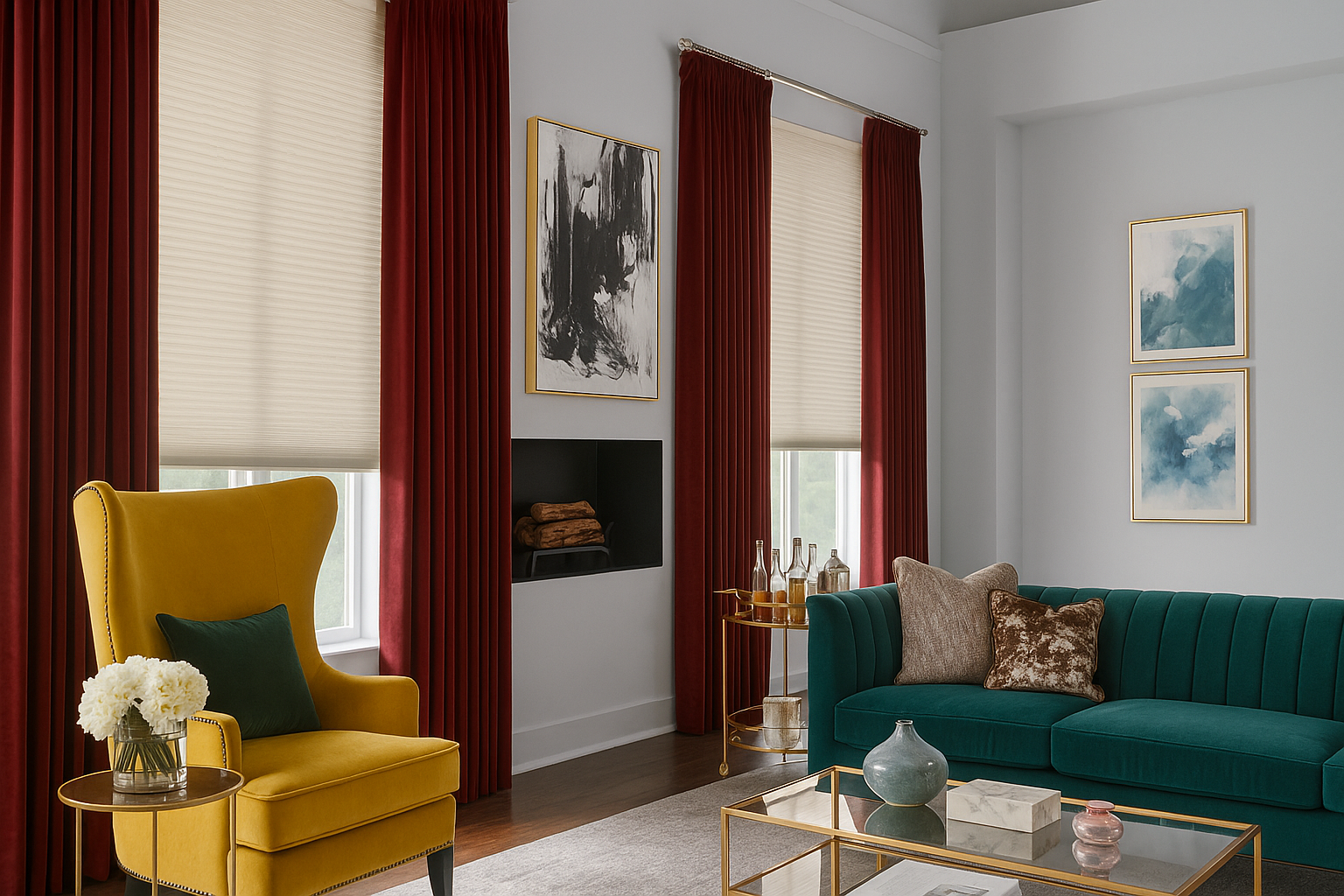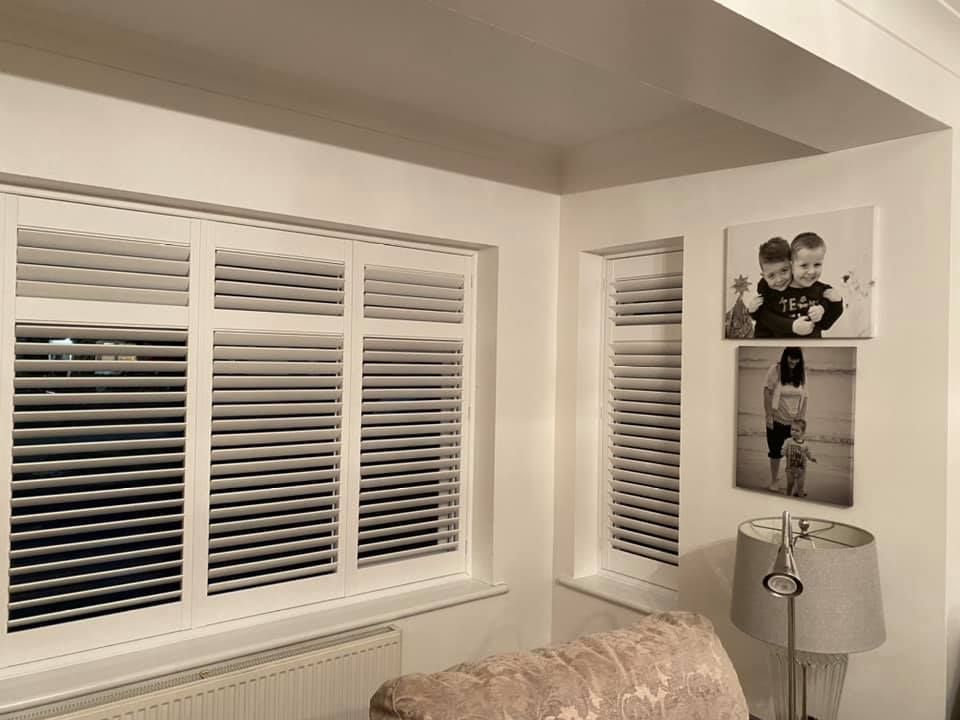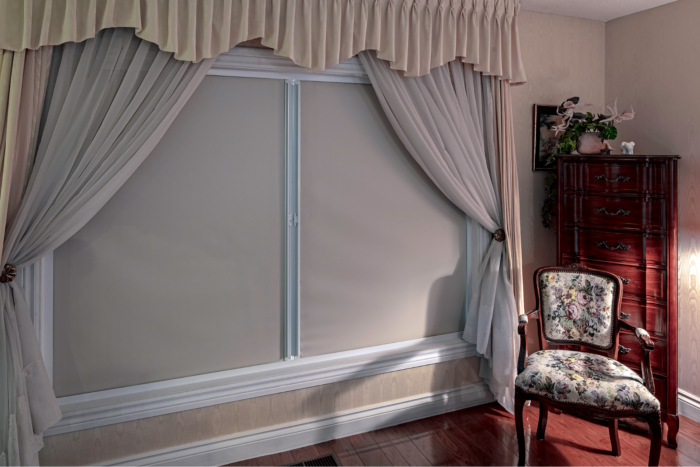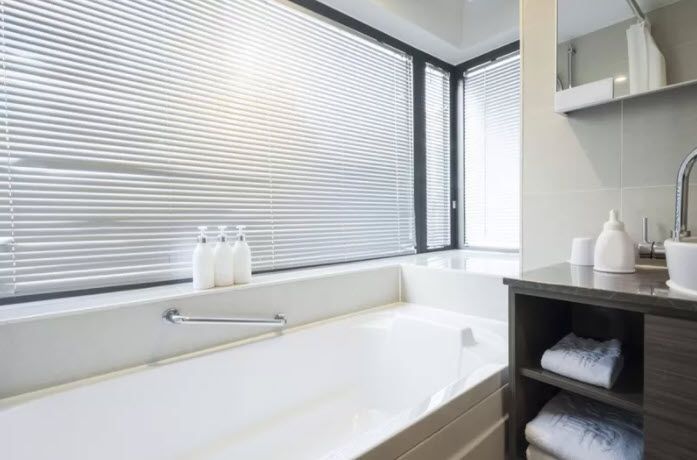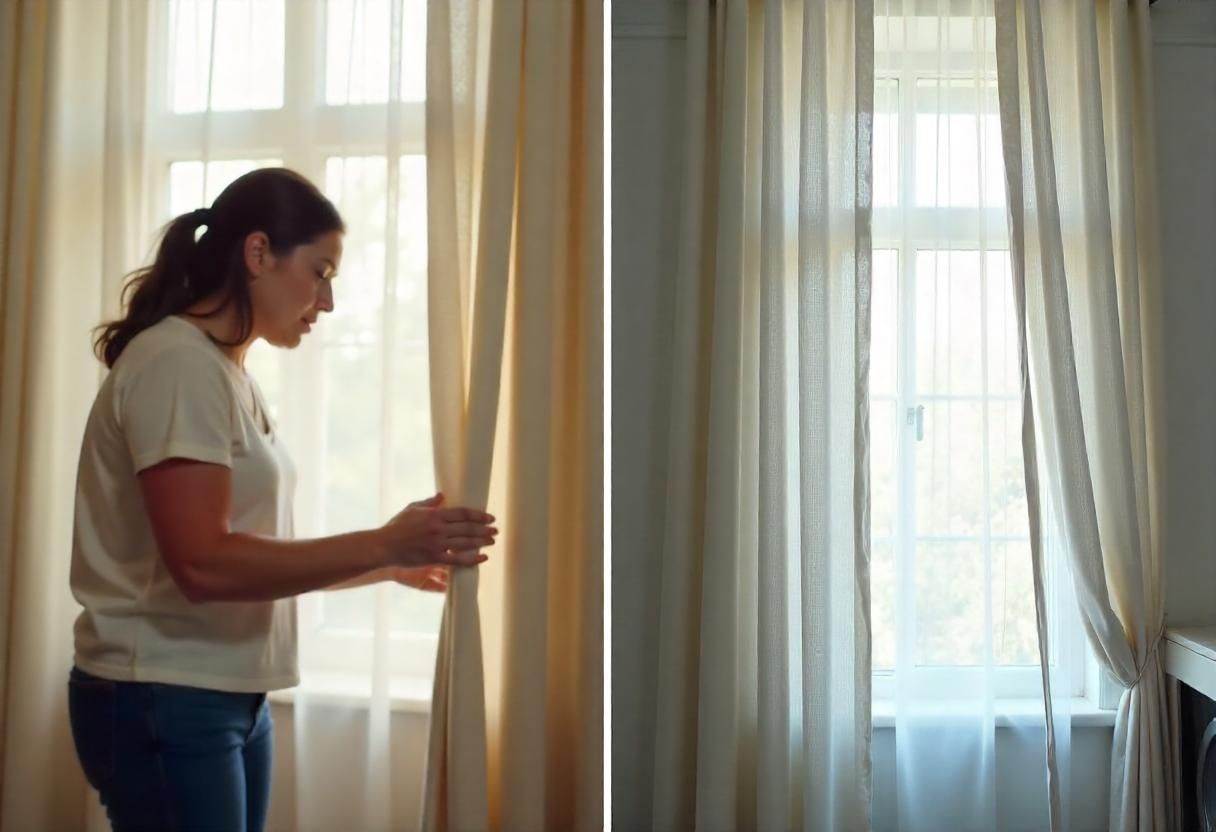How to Choose the Right Opacity for Your Window Treatments
TLDR;
The right opacity for your
window treatments depends on how much light you want in the room and how much privacy you need. Bedrooms and media rooms often need blackout or room-darkening shades for privacy and light control, while living rooms and kitchens work well with sheer or light-filtering options. Always match opacity to the room’s function, your privacy needs, and your preferred amount of natural light.
Understanding Opacity vs Openness
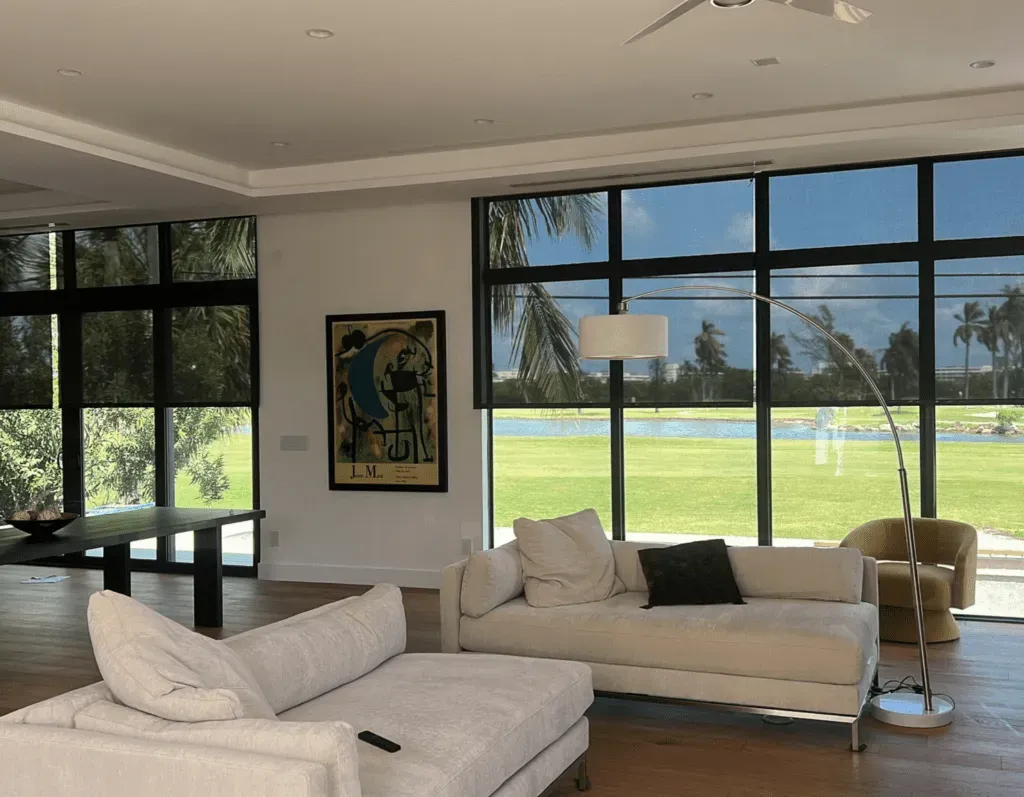
Opacity is how much light passes through a window covering. High opacity means more light is blocked. Low opacity means more light comes in.
Openness is specific to solar
shades. It measures the percentage of the fabric that is open. A 5% openness means 95% of UV light is blocked, but you still see outside.
Both matter for privacy, energy efficiency, and light control.
Overview of Opacity Levels
Sheer
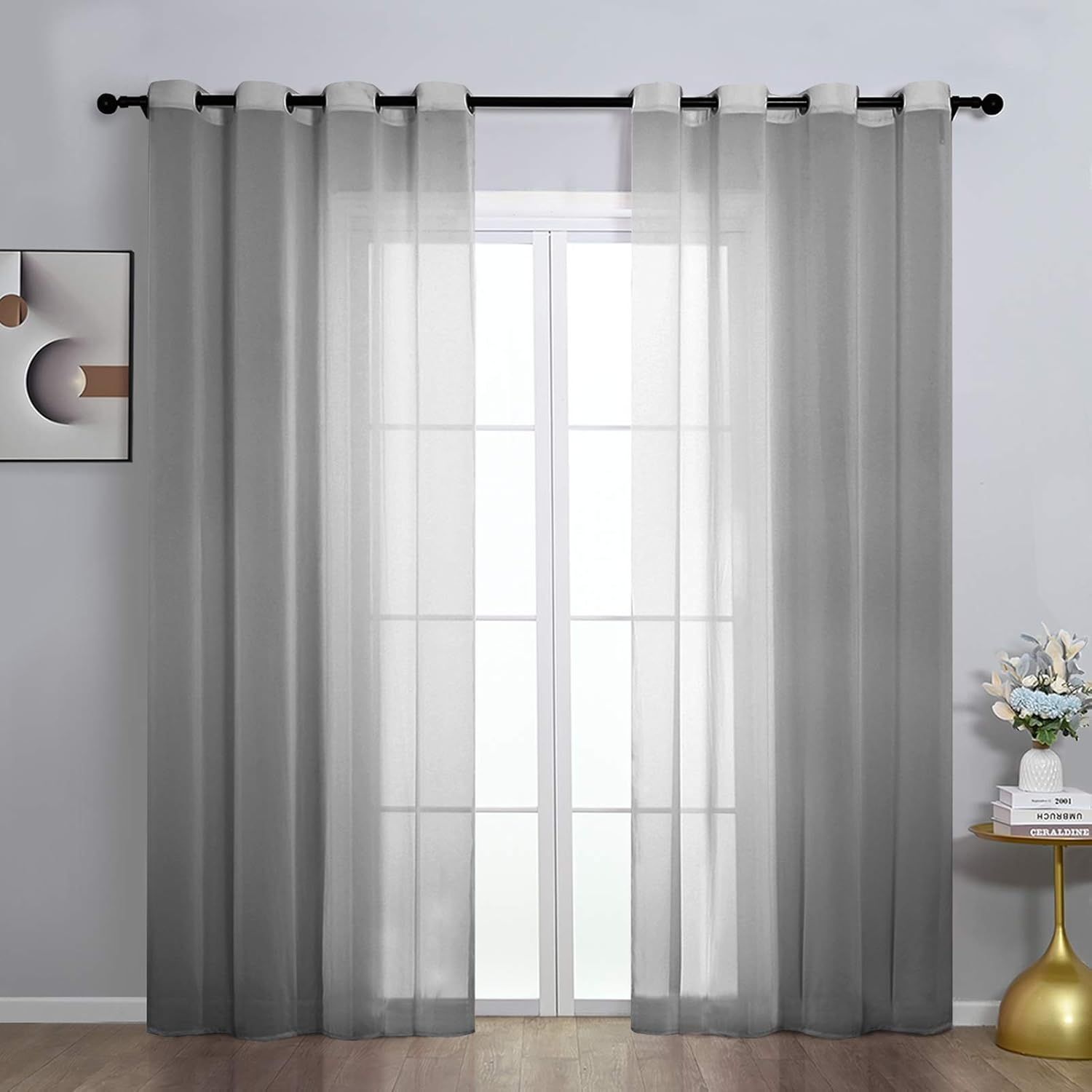
- Allows maximum daylight
- Very low privacy
- Works well for living rooms, kitchens, and sunrooms where daylight is welcome
Semi-Sheer

- Softens sunlight but offers slight privacy
- Good for rooms with moderate privacy needs and a desire for light
Light-Filtering or Semi-Opaque
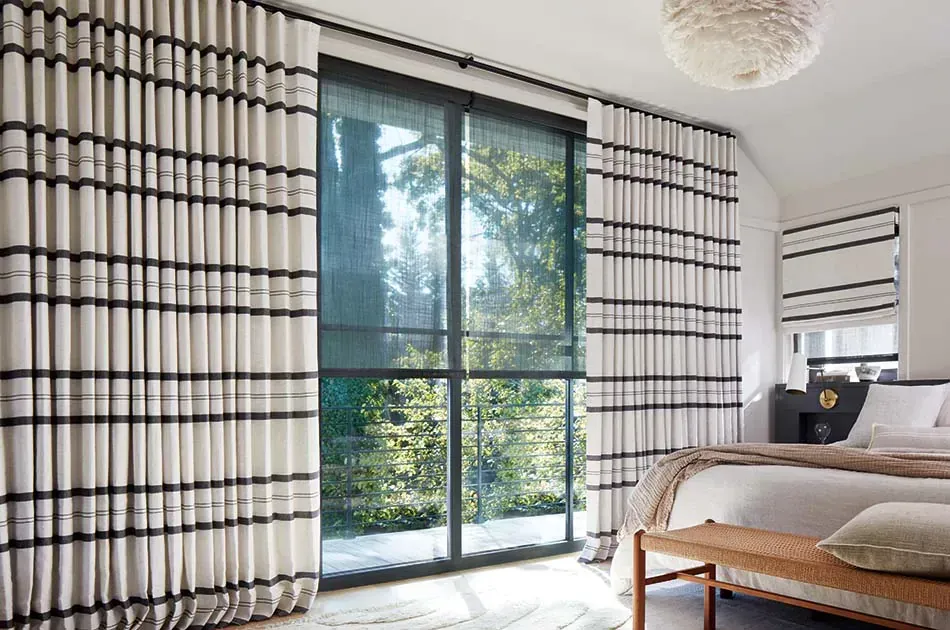
- Diffuses sunlight and reduces glare
- Moderate privacy without making the room dark
- Ideal for home offices and dining rooms
Room-Darkening or Opaque
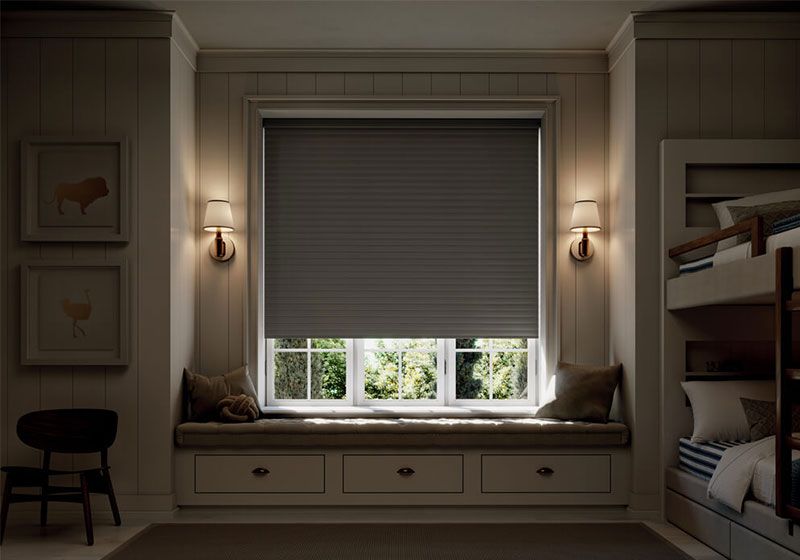
- Blocks most outside light
- Offers high privacy
- Works well in bedrooms, bathrooms, and nurseries
Blackout
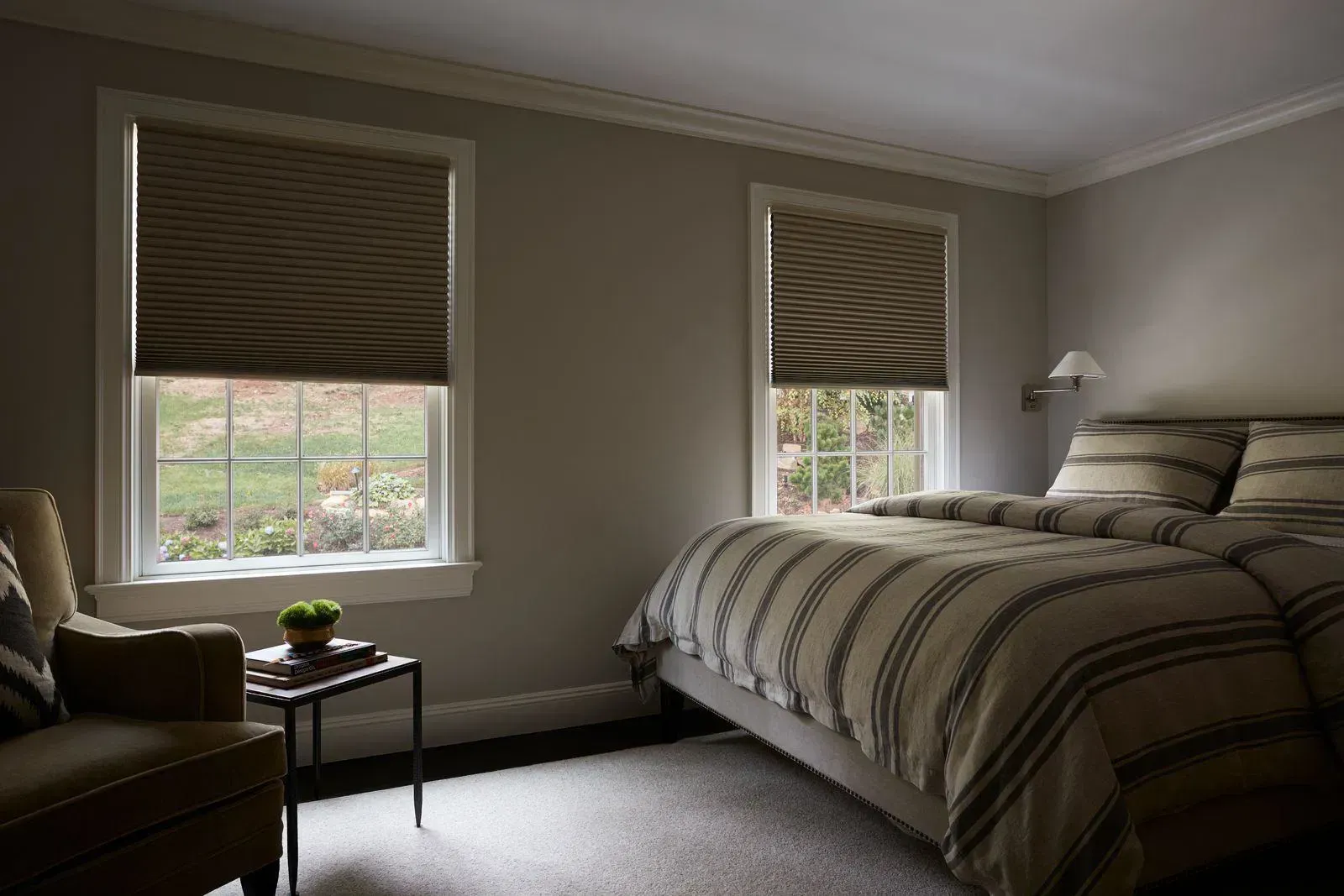
- Blocks nearly all light
- Maximum privacy
- Best for media rooms, bedrooms, and any space needing total darkness
Openness in Solar Shades

Solar shades are measured by openness percentage. Lower numbers mean more privacy and less light.
- 1–3% openness: Best for glare reduction and privacy during the day
- 5% openness: Balanced light and outside view
- 10% or more openness: Maximum view and daylight, minimal privacy
Matching Opacity Levels with Rooms and Needs
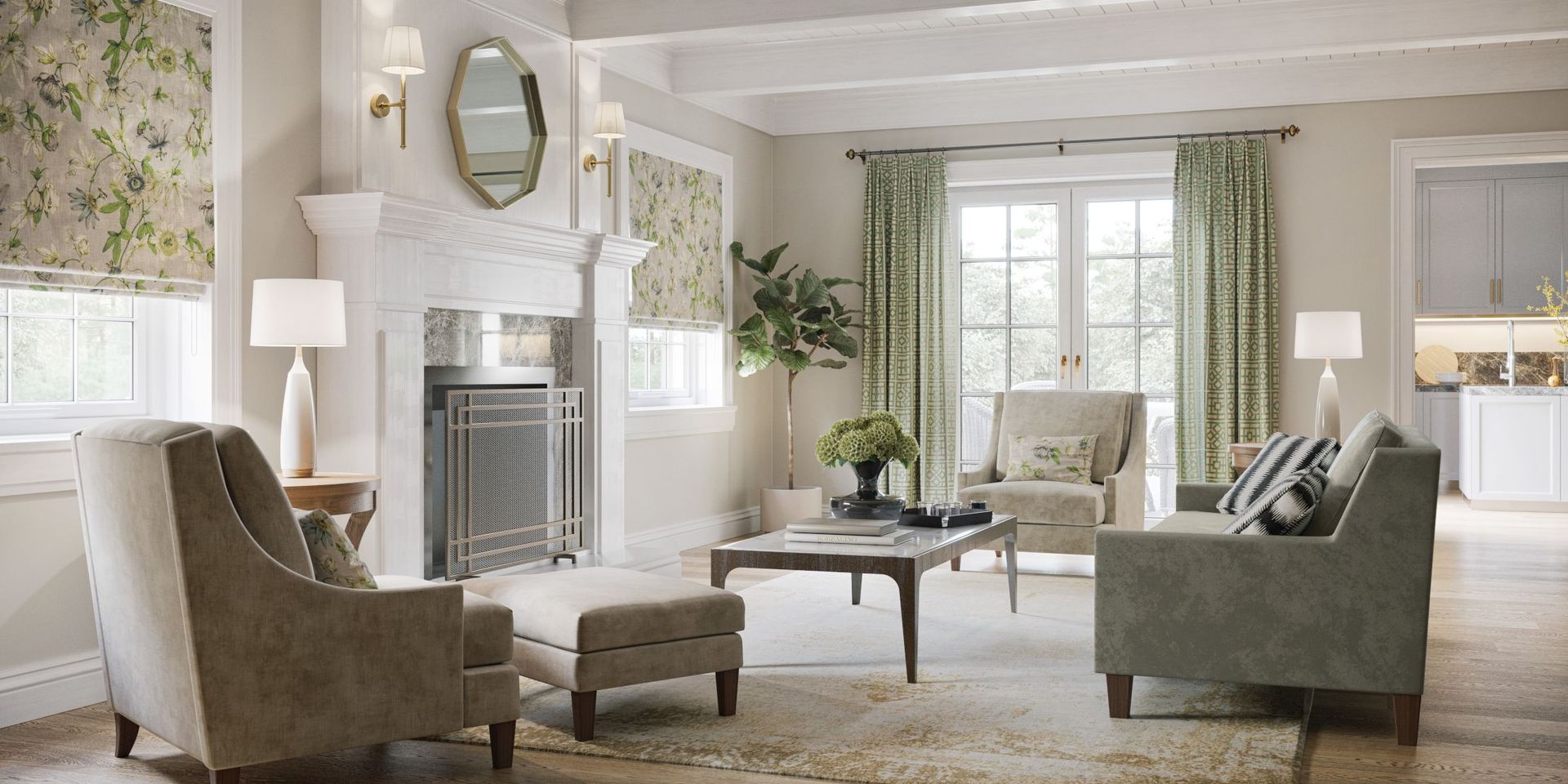
Bedrooms, Nurseries, Media Rooms
- Room-darkening or blackout
- Supports privacy and improves sleep quality
If you’re trying to sleep during the day, such as in the case of night shift work, blocking outside light becomes essential. The right
window treatments for night shift workers can significantly improve daytime sleep by eliminating glare, boosting privacy, and mimicking nighttime darkness—creating a more restful environment even when the sun is out.
Living Rooms, Kitchens, Sunrooms
- Sheer or semi-sheer for bright spaces
- Lets in natural light while maintaining an open feel
Home Offices
- Light-filtering or semi-opaque to control glare
- Keeps screens readable and maintains energy
Bathrooms
- Light-filtering or room-darkening for privacy
- Moisture-resistant fabrics are recommended
Privacy vs Natural Light Preferences

If privacy is a top concern, choose higher opacity.
If you value sunlight, select lower opacity or solar shades with higher openness.
Balancing the two often involves layering, such as combining sheer shades with blackout curtains.
Energy Efficiency Considerations
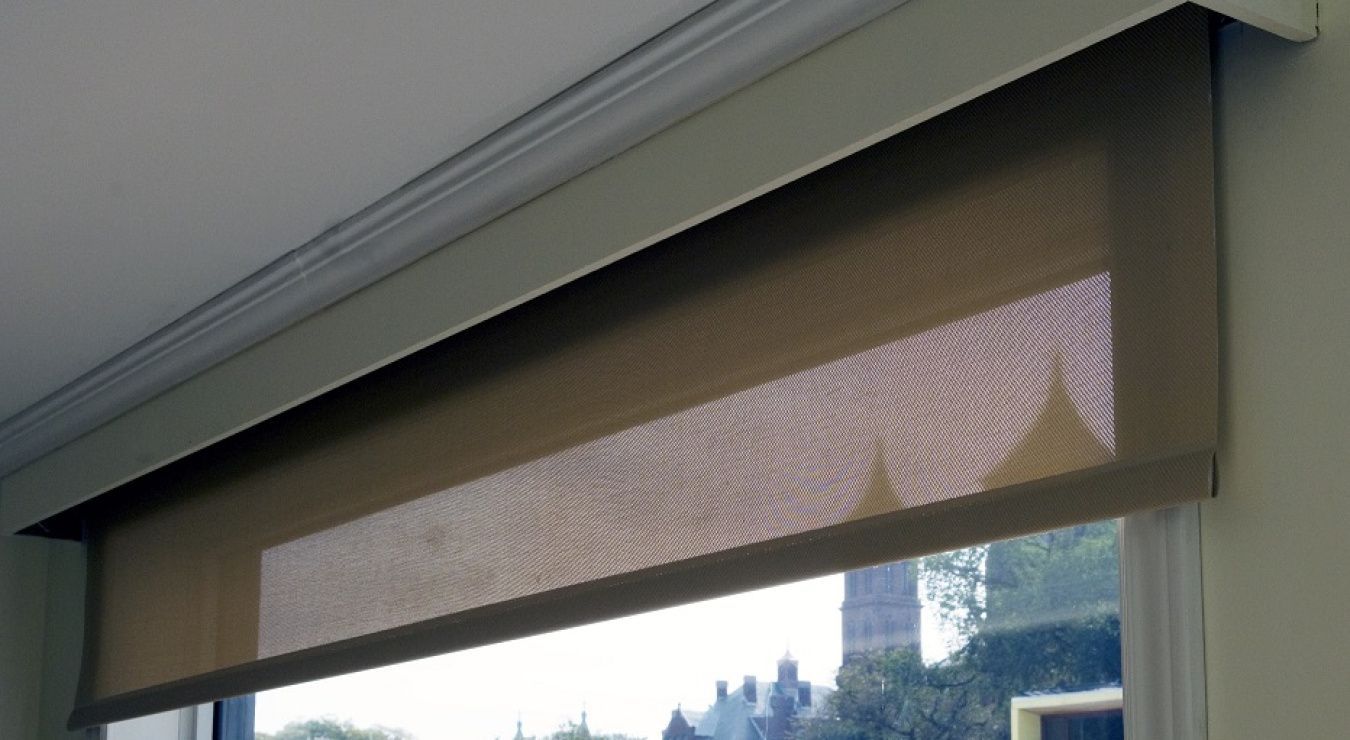
Window treatments can reduce heating and cooling costs.
- Higher opacity fabrics block heat in summer
- Cellular shades trap air for better insulation
- Lighter colors reflect heat, darker colors absorb it
Design and Aesthetic Goals
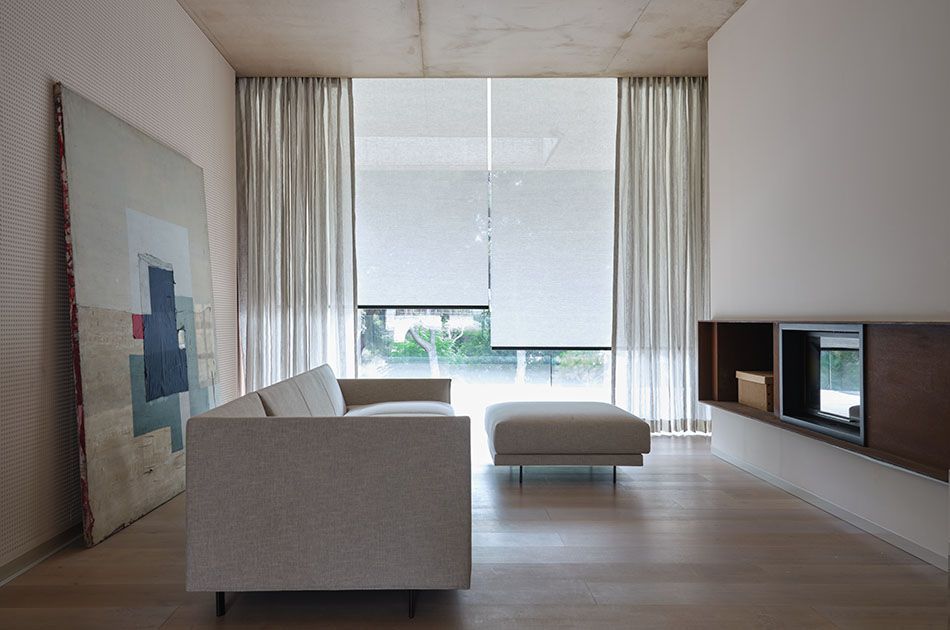
The look of your room changes with opacity choice.
- Sheer fabrics feel light and open
- Blackout fabrics create a cozy, enclosed atmosphere
- Color, texture, and fabric weave all affect how light is filtered.
Testing Opacity Before Buying
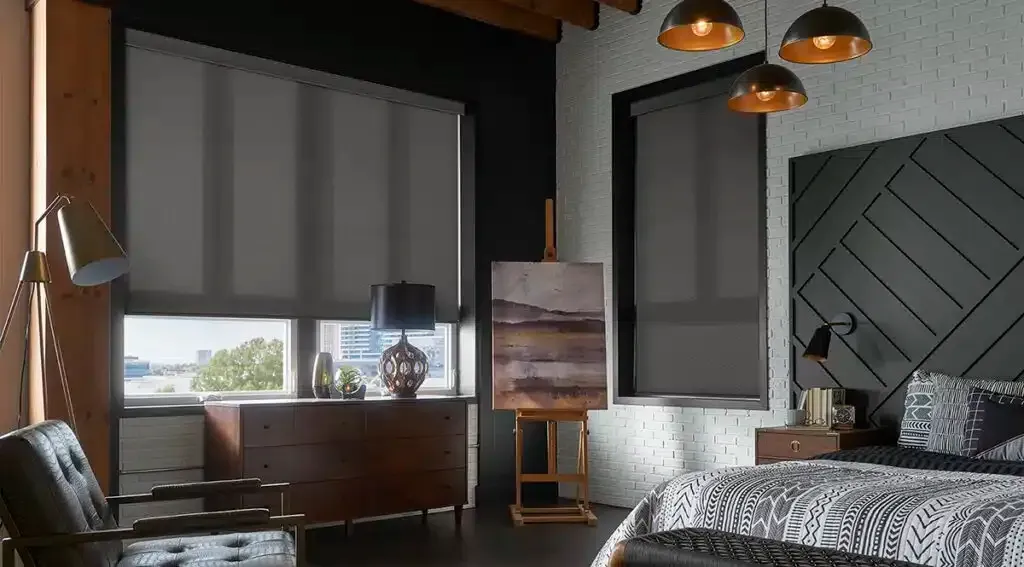
- Request swatches or samples from suppliers like
Love Is Blinds MI
- Test them at different times of the day
- Visit showrooms to see options in person
- Use virtual visualizer tools to preview the look in your space
Layering and Seasonal Flexibility
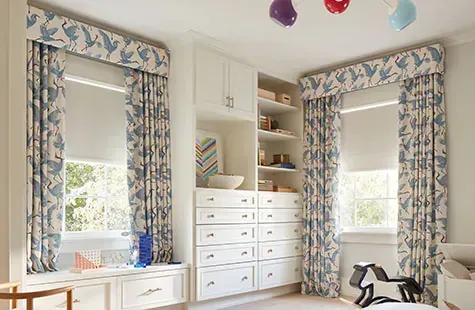
- Pair sheer shades with blackout drapes for adjustable light and privacy
- Switch to lighter opacity in winter to increase daylight
- Use heavier opacity in summer to reduce cooling costs
Practical Examples of Choosing Opacity
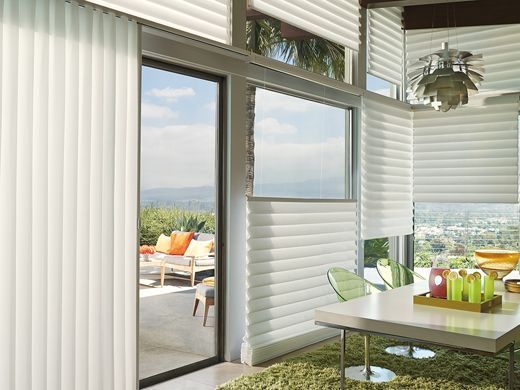
Apartment Facing a Busy Street
- Use room-darkening or blackout to block both light and prying eyes
Home with Scenic Views
- Consider 10% openness solar shades to keep the view while reducing glare
Large South-Facing Windows
- Light-filtering or 3% openness solar shades to control heat gain and glare


